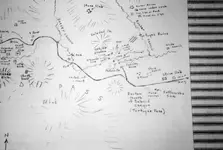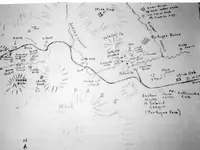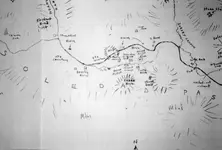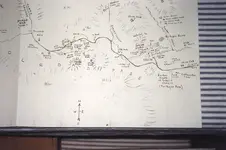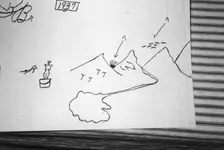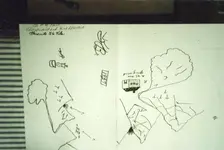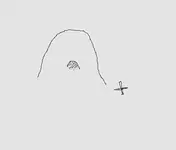You better be careful talking about snakes. Springfield began a very interesting thread discussing snakes and their symbology a couple years ago, focusing on snakes as treasure signs. The mods deleted the thread because some religious wacko objected to the subject matter. I think the wacko was affiliated with a sect that likes to play with snakes to prove the power of their beliefs. Ha ha.
That was a good thread, that I put a lot of research into. I think we stuck to the subject of the thread pretty good, so I don't know why it was deleted. I always thought Springfield had it deleted.



 If you are seriously treasure hunting in the caballo's or researching the Victorio Peak Treasure story , One of the very first things you should do is research how Ova Noss made a living after Doc died,and who the people were that started promoting VP as a treasure site ,and who started promoting for Investment Capital,and how they did it,
If you are seriously treasure hunting in the caballo's or researching the Victorio Peak Treasure story , One of the very first things you should do is research how Ova Noss made a living after Doc died,and who the people were that started promoting VP as a treasure site ,and who started promoting for Investment Capital,and how they did it, NP
NP
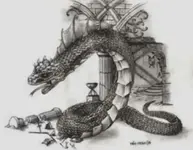
 Tell us what you think (if anything) is genuine treasure related? Help us learn from your life and your years of searching so we can begin where you are leaving off and move forward. If we spend the next ten years getting to where you already are, that does not move anyone forward to solving these mysteries.
Tell us what you think (if anything) is genuine treasure related? Help us learn from your life and your years of searching so we can begin where you are leaving off and move forward. If we spend the next ten years getting to where you already are, that does not move anyone forward to solving these mysteries.